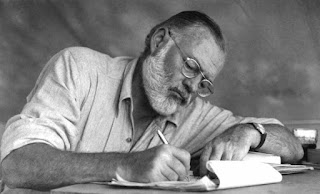Matches with Patches
On a September Friday in 1984, a new crime series debuted on NBC. The plot of the program was subordinate to its glossy appearance. As a director said, “The show is written for an audience … more interested in images, emotions and energy, than plot and character and words.”
The program focused on style rather than substance. Producers literally specified a pastel color palette, while simultaneously banning earth tone browns, beiges, and the color red. Crews repainted buildings to match color patches. The show’s look and feel built a peach and sea-foam green monument to the gods of cars, cash, and cocaine.
Mocs without Socks
Their stars posed as much as acted. The five season run set styles in cars, boats, handguns and holsters, houses, and men’s fashion and accessories. The word metrosexual wouldn’t appear for another decade, but the cast defined the term: pink T-shirts under Italian unstructured jackets, French linen trousers, European mocs without socks, carefully groomed beard stubble.
By now you’re hearing Jan Hammer’s Miami Vice theme, and yes, they featured damn good music of the era. Wikipedia after-the-fact defines its genre as ’neo-noir’, whatever that implies, but it’s all about mood.
Noire Afar
Une humeur noire means a dark mood, on the off chance I managed the français feminine endings in the title correctly. Mystery writers know noir, but here follows a different take.
Sometime after Crockett and Tubbs committed their last heartbreak, heartache, and visit to the STD clinic, a couple of English bands came out with real noire but with a twist. Rather than write a novel or film a movie and then add music, these groups created music and subsequently filmed vignettes that set mood and hint at a story. They aren’t by any means recent, but their take on retro-noire remains intriguing.
A Plot it’s Not
Here now is the group Pulp.
| This is Hardcore @ Pulp |
||
A predecessor (and still active) group was Portishead. I’ve mentioned it before, a favorite of our colleague Paul Marks. Same idea– music first and then a video setting a premise and mood for a story– without the actual story, leaving you to fill in the blanks.
Here is Portishead.
| To Kill a Dead Man @ Portishead |
||
Even today, this approach remains unusual and controversial, the telling of a story without a story. How can noir become bleaker than that?







